Los Angeles: June 2103: A Weekend in Beijing
13 June 2103:
Dave Terris, an upper-middle class professional, suggests to his wife, Flora, they take a weekend off from their busy lives to visit their son and family living in Beijing. Flora immediately agrees, calls their son and schedules their trip for early morning Friday, 15 June, returning late evening Sunday 17 June. Within a few minutes, their InfoSystem prints out their airline and hotel tickets and they begin preparing for their trip.

Friday 6:15 am:
15 June: Dave powers up their Janga Super X for their drive to the Union Terminal, downtown LA. The dashboard light indicates the hydrogen fuel cell drive is fully fueled and is “on”. Dave punches in the call letters for Union Terminal and pulls out of their Encino garage.
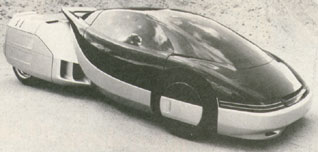

6:20 am:
Dave enters the 101-freeway ramp and merges into the 2nd (i.e., high speed) manual lane. Within a minute, the Janga has taken control and pulled to the left into the No. 1 AutoGuide Lane. [The No.1 Lane is automatically selected by the Janga’s AutoGuide system as appropriate for the short-distance drive to the terminal]. Dave and Flora settle back to watch their TV screen during the 15-minute drive to the terminal.
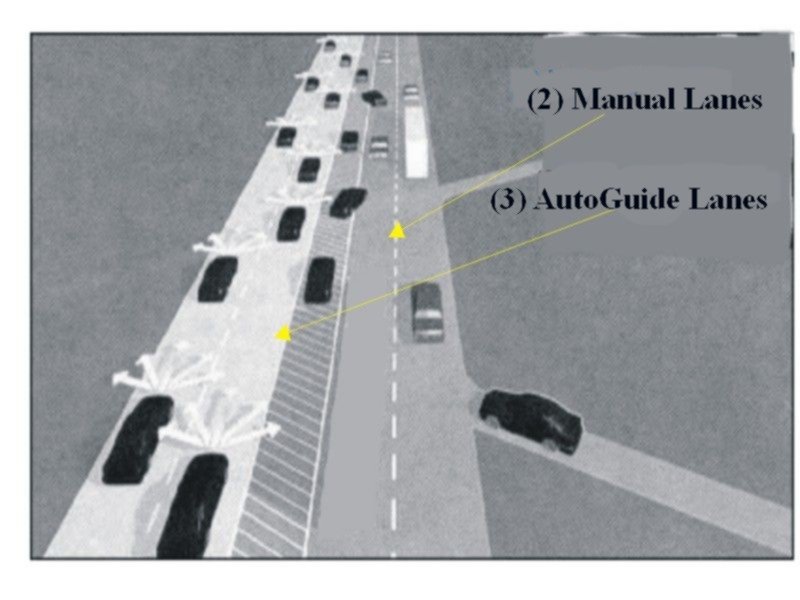
6:30 am:
As the Janga approaches the Union Terminal off-ramp, it signals Dave to assume manual control. As he places his hands on the wheel, he feels the control has shifted to him and gradually merges into the manual lane to his right. Within a minute, he has entered the off-ramp, which connects with the terminal’s parking complex.
6:35 am:
Dave pulls up to the Union Terminnal AutoDeparture gate, flashes his ticket and the Janga is automatically engaged and directed to the passenger stop. Dave and Flora leave their vehicle and proceed to their MagLevTransit (MGLT) depart station. Their Janga, in the meantime, has been routed to the baggage off-load station and, subsequently, to a stall in the multi-level complex.
6:40 am:
The Terris’s pass through the MagLevTransit Security Station, which validates their physical signatures [voice, image, measurements]. They take the down-escalator to the MGT level.
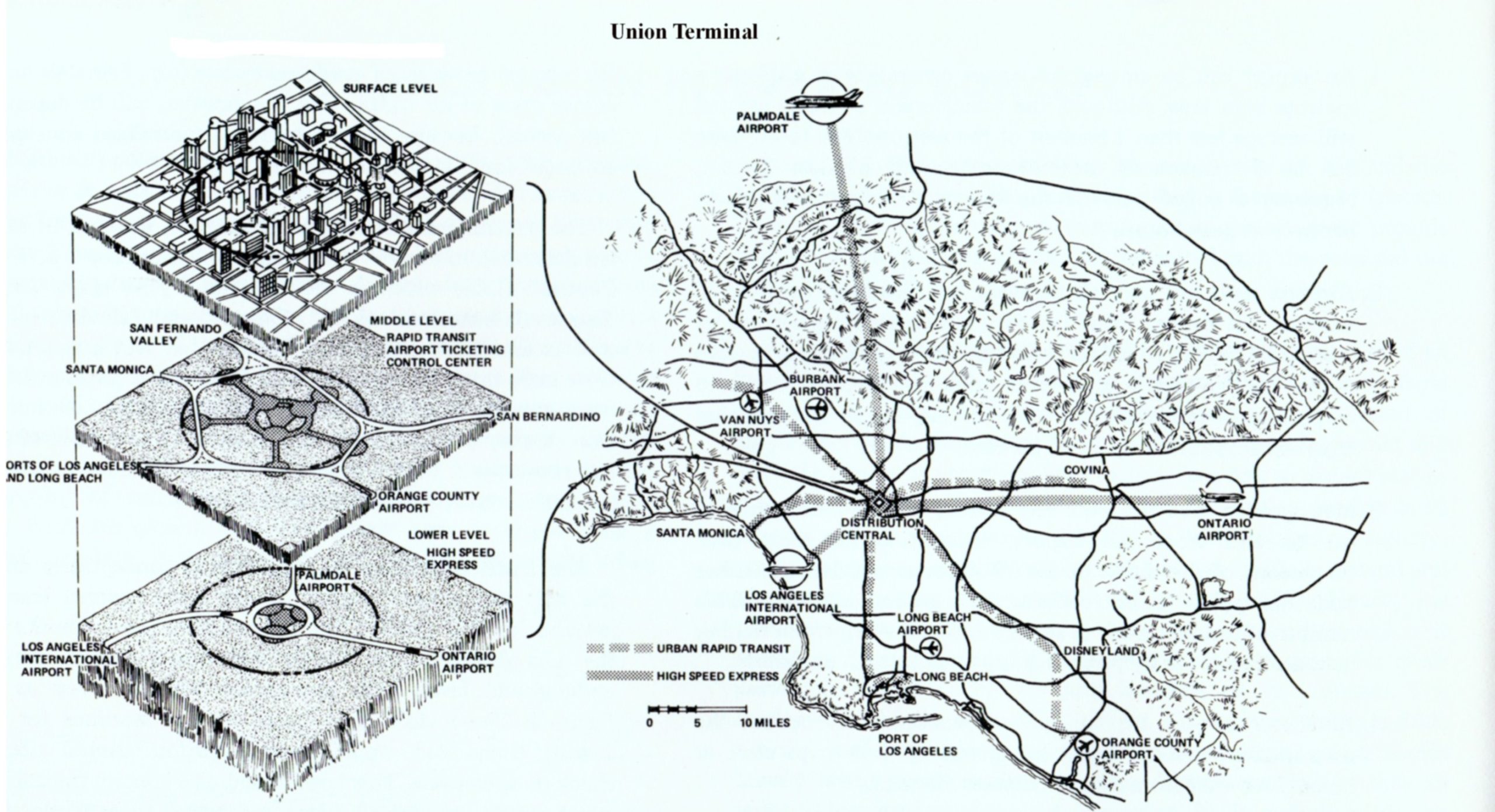
6:45 am:
They arrive at AirLock Portal No. 2 where they await the arrival of the MagLevTransit SD/LV from San Diego.
7:00 am:
MGT SD/LV arrives at Portal No.2. The portal’s door slides open revealing the plush cylindrical interior of the 350-passenger vehicle. The Terris’, with other passengers, enter through the portals and take their assigned seats. On signal, the portal’s doors close, a slight whoosh of air is heard [i.e., the seal separating the pressurized MGT from the low-pressure transit tube is compressed in place] and the vehicle begins accelerating to its 300 mph transit speed to Palmdale.
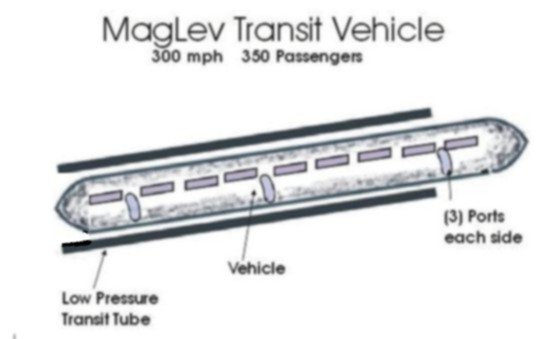
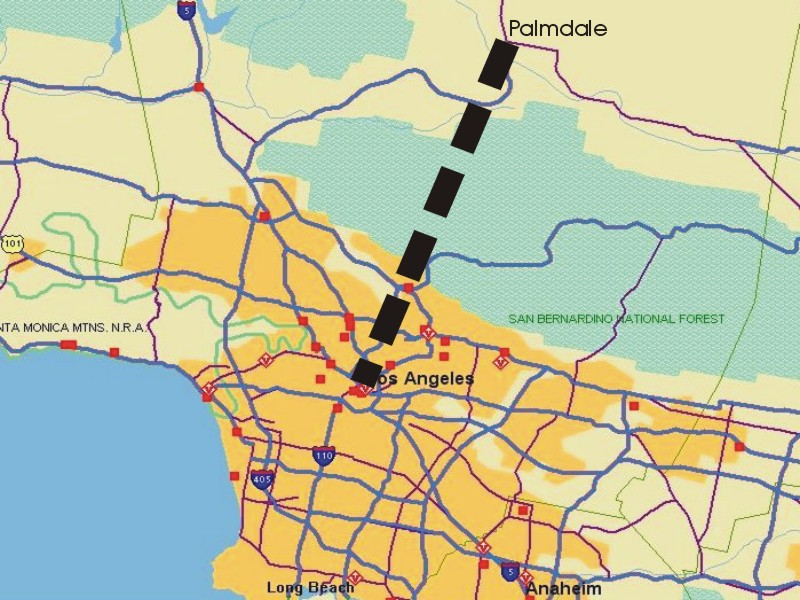
7:15 am:
Their MGT arrives at the Passenger Gate of the Palmdale International Airport. Our couple exits the vehicle through a portal similar to the one they earlier entered. Upon exiting, Dave encounters a wall-mounted monitor-keyboard where he punches in his flight number. Within a few steps they arrive at the Rapid Transit Gate where they, and other passengers, await their assigned RTC (Rapid Transit Car).
7:20 am:
Their RTC arrives; they enter, and are transported to the hatchway of their waiting Boeing 1747, a supersonic turbo-ramjet that will accommodate 300 passengers and cruise at Mach 3.5 at 80,000 ft. The Boeing’s hatch opens and the passengers board. Dave and Flora settle into their comfortable ReclinOMatic seats and smile. They know they are in for a great weekend in Beijing.
7:30 am:
The 1747 takes off for its 3-hr flight to the Beijing International Airport where, upon arrival, the Terris’ will reset their watches to 1:30 am, Saturday morning. In total, they will have spent less than 4-1/2 hrs en route since leaving their Encino home.
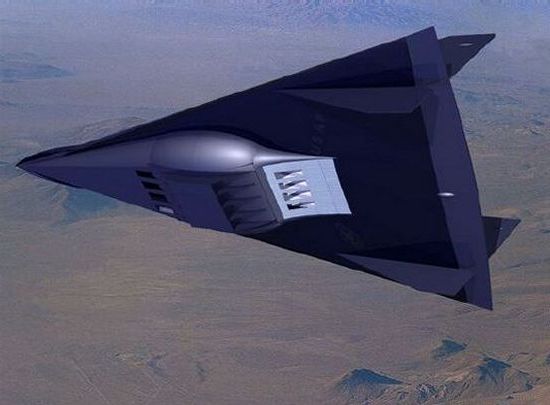
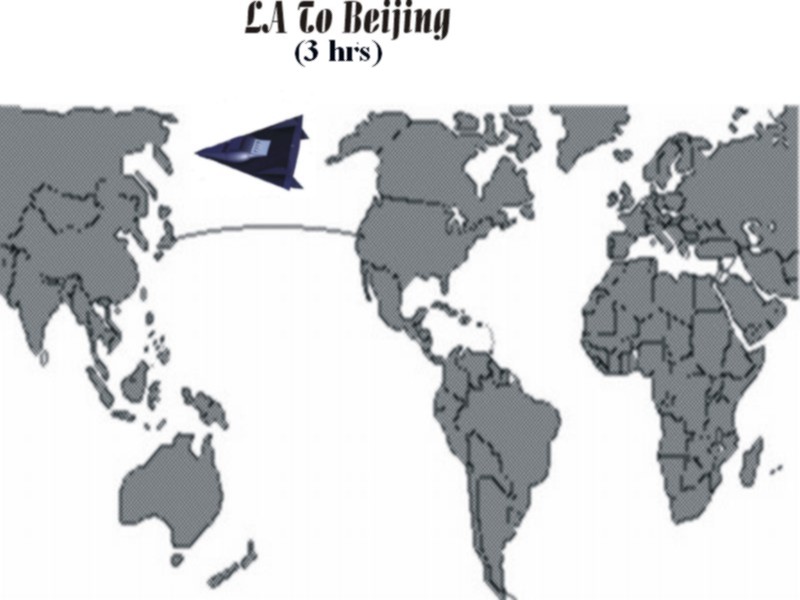
The Scenario & References
Major electric utilities powered by fusion energy*
- Cost of energy drops to equivalent of 50-cents per barrel of oil.
- Hydrogen fuel cells used for short-distance (e.g., commute) vehicular travel
- Long-distance tunneling becomes economically practical.
Population growth absorbed by new (formerly) desert towns*
- Increasing traffic congestion and runout of land for highway expansion lead to region-wide high-speed transit system
- Desalination of ocean water provides cheap water and creates new agri- & aqua- farms
- Universal application of wireless technology
- Increase of at-home work force
Coal fields converted to oil production*.
- Made possible by cheap electrical energy
- Petroleum used for aircraft & long-distance vehicular travel
- Reduced dependence on foreign sources
Palmdale becomes U.S. hub for all trans-Pacific air connections*.
- LAX and nearby metro airports cap out at 200 million passenger per year and 200 flights/hr
- Los Angeles owns 17,500 Palmdale acres; five time more land than LAX
- With MagLev connections between Palmdale, LA & San Diego, Los Vegas becomes the fastest growing city/region in the U.S.
Cheap fuel supports economic development and operations of commercial supersonic aircraft*.
*It is to be understood that all above projections are the future as imagined by the author
Fusion Energy:
- http://www.ofes.fusion.doe.gov/
- http://fusioned.gat.com/
- http://hyperphysics.phy-astr.gsu.edu/hbase/nucene/fusion.html#c1
- http://fusedweb.pppl.gov/CPEP/chart.html
- http://library.thinkquest.org/17940/texts/fusion_dt/fusion_dt.html
Fuel Cell Automobiles:
- http://auto.howstuffworks.com/fuel-cell.htm
- Fuel Cells & Alternative Fuels/Energy Systems; SAE SP-1635 Aug 2001
- http://www.eere.energy.gov/hydrogenandfuelcells/
LAX Plans:
- http://www.eng.fiu.edu/ce/courses/Fall%202002/TTE%206528%20ATDO/DH-07%20LAX%20Mater%20Plan%5BAI01%5D.pdf
- http://www1.faa.gov/events/benchmarks/DOWNLOAD/pdf/14-LosAngeles.pdf
- http://www.ci.la.ca.us/COUNCIL/cd6/brochure.pdf
Palmdale Plans
- http://www1.faa.gov/events/benchmarks/DOWNLOAD/pdf/14-LosAngeles.pdf
- http://www.eltoroairport.org/issues/palmdale.htm
- http://www.lawa.org/small_business/rfp/rfp_PMD_MasterPlan.pdf
LA Traffic
- “An Integrated Los Angeles Transportation System”, North American Rockwell SD 69-554; 1969
Maglev Technology
Tunneling
- http://www.geocities.com/Area51/Shadowlands/6583/project017.html
- http://web.umr.edu/~rockmech/staff_faculty/faculty_papers/paper207.pdf
Desalination
- http://www.desertknowledge.com.au/Symposium/Fresh_Water_for_a_Dry_World.pdf
- http://www.desalco.bm/d-pdfs/DesalCo_LAC.pdf
- http://www.wonuc.org/desalination/water022.htm